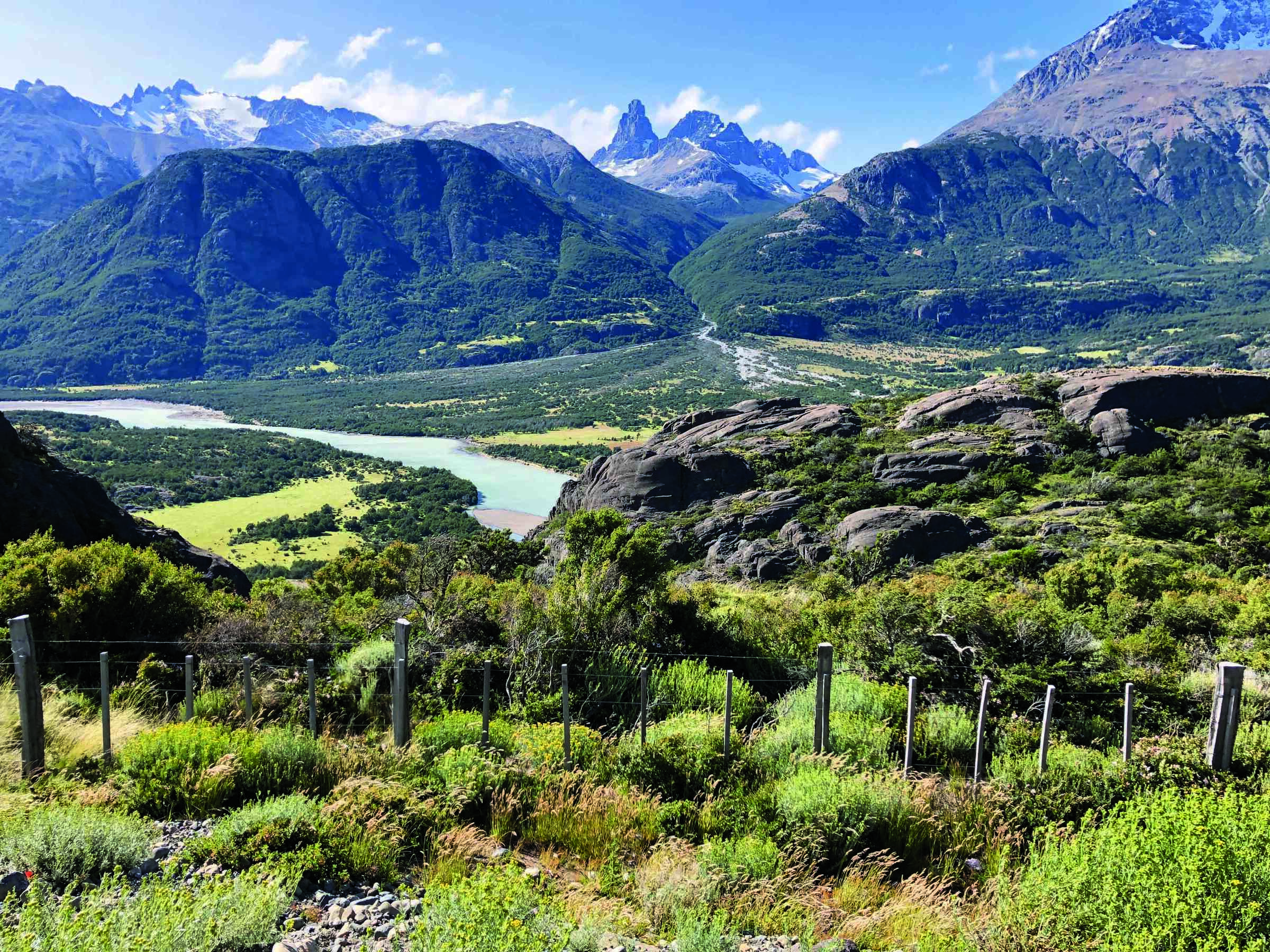
HALLE, GERMANY—According to a Live Science report, archaeologist Bruno Glaser of Martin Luther University of Halle-Wittenberg and his colleagues have found evidence that large groups of hunter-gatherers camped for weeks or months at a time at a high-altitude rock shelter in southern Ethiopia’s Bale Mountains more than 30,000 years ago. The oldest of the objects among the stone artifacts, burnt animal bones, and clay fragments, which were unearthed at about 11,380 feet above sea level, have been dated to the last glacial period, between 47,000 and 31,000 years ago, when the Bale Mountains were covered with ice. “A high mountain area during a glacial period—normally, people escape such conditions,” Glaser explained. “People normally move downward during cold phases.” The hunter-gatherers may have been attracted to the area by melting water at the edges of the glaciers, a plentiful food source in the form of slow-moving giant mole rats, and deposits of obsidian for making tools. It had been previously thought that the region had been first inhabited very recently and for just brief periods, Glaser added. To read about another recent discovery in Ethiopia, go to “World Roundup: Ethiopia.”










